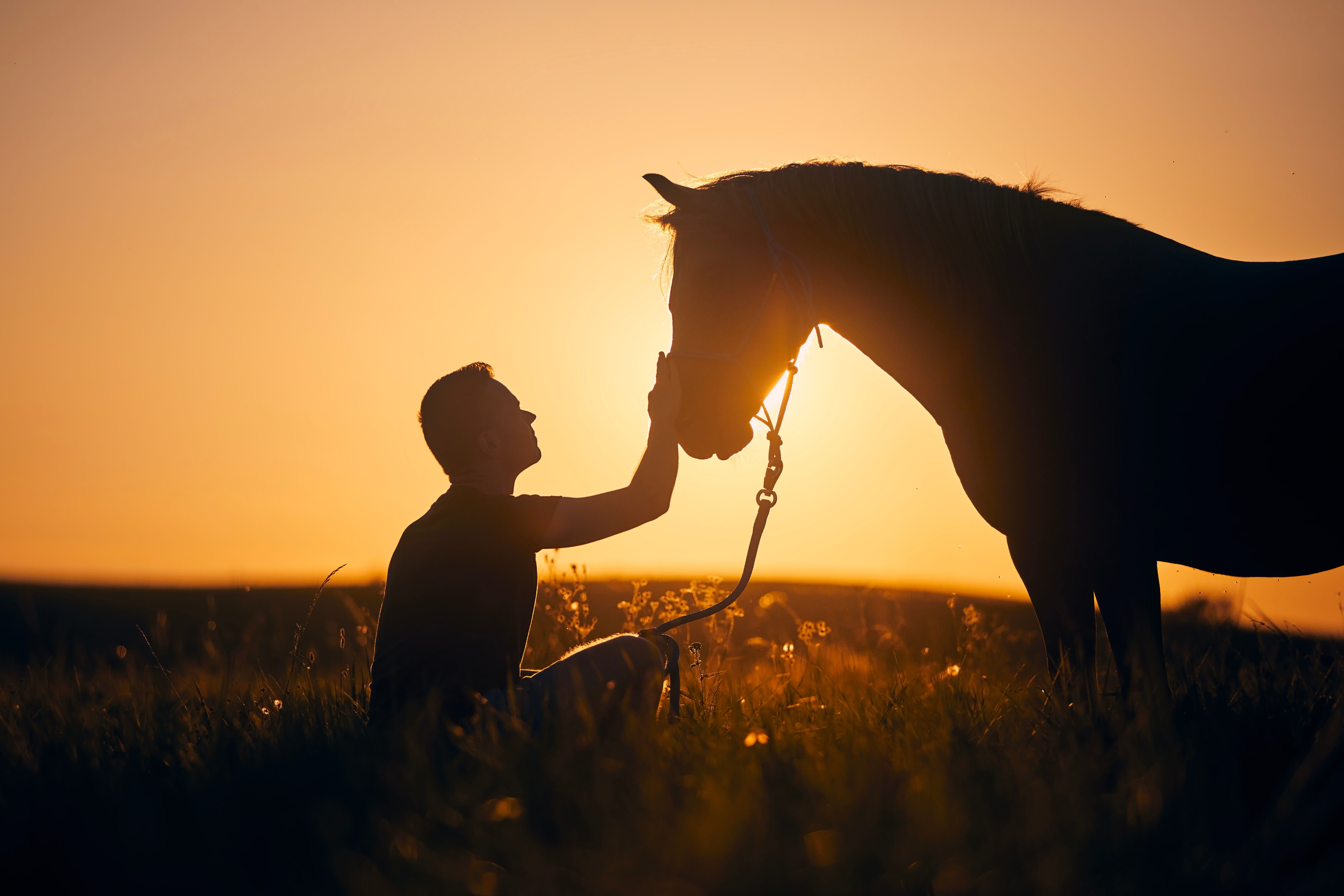Identified cause of night blindness in 3 horse breeds
New research study led by UC Davis Veterinary Genetics Laboratory provided further evidence of congenital stationary night blindness causes
Chalabala / stock.adobe.com

A new collaborative study1 led by Rebecca Bellone, PhD, of the UC Davis Veterinary Genetics Laboratory aimed to provide further data on the autosomal recessive missense mutation in glutamate metabotropic receptor, called CSNB2, and its frequency in reported congenital stationary night blindness (CSNB) cases. From there, the study was able to confirm that the CSNB2 allele causes CSNB in the Tennessee Walking Horse breed.2 Researchers also confirmed that horses homozygous for CSNB2 (those with two copies of the CSNB2 allele) were also night blind in the Standardbred and the Missouri Fox Trotting Horse breeds.2
CSNB is an inherited non-progressive, retinal disorder characterized by nyctalopia, the inability to see in dim light conditions, but with ostensibly unaffected vision in bright light. It is caused by faulty phototransduction of the ON-bipolar cells resulting in absent scotopic vision.1 This can affect a horse’s sight at night or at dusk, making it difficult to find feeding buckets during these times and risking potential injury. Some other disabilities from this condition may cause a horse to have limited nocturnal movement and increased anxiety in the dark. Two genetic variants have been identified to cause CSNB in horses: the first, termed LP, and the second, CSNB2.1
According to an article from UC Davis School of Veterinary Medicine,2 CSNB2 is inherited as an autosomal recessive trait, meaning that only homozygous horses (CSNB2/CSNB2) are affected by CSNB, and heterozygous or “carrier” horses (CSNB2/N) are not affected. Researchers performed ocular examinations including electroretinography (ERGs) on 3 CSNB2/CSNB2 homozygous horses and found all 3 to be affected by CSNB (1 Standardbred, 1 Missouri Fox Trotting Horse, and an additional Tennessee Walking Horse).1
“Many Standardbreds race at night. It is currently unknown if CSNB2 impacts racing performance. Therefore, routine testing for CSNB2 is recommended for pacing Standardbreds and careful management decisions need to be considered for those that test homozygous (CSNB2/CSNB2),” said Bellone.2
“Previous studies have indicated that other breeds aside from LP spotted horses had night blindness, but this is the largest across-breed study to investigate this disorder in horses and highlights the need for further study,” said Sara Thomasy, DVM, PhD, professor of comparative ophthalmology at UC Davis.2
According to UC Davis, no treatment is currently available for CSNB, but affected horses can be aided by providing a light source to help them navigate at night.2 The researchers also recommend that genotyping horses from breeds with the CSNB2 allele can be used to make informed breeding decisions to avoid producing affected offspring.1
References
- Esdaile E, Knickelbein KE, Donnelly CG, et al. Additional evidence supports GRM6 p.Thr178Met as a cause of congenital stationary night blindness in three horse breeds [published online ahead of print, 2023 Oct 10]. Vet Ophthalmol. 2023;10.1111/vop.13151. doi:10.1111/vop.13151
- Crissiuma Gershony L. Genetic cause of night blindness confirmed in Tennessee Walking Horses and identified in Standardbreds and Missouri Fox Trotting Horses. UC Davis School of Veterinary Medicine. October 16, 2023. Accessed November 3, 2023. https://vgl.ucdavis.edu/news/night-blindness-confirmed-tennessee-walking-horses-and-others
Calling all horse enthusiasts! Take our Equine Survey and share your insights for a chance to earn a $30 honorarium. Your voice matters in shaping the future of equine care.
Newsletter
From exam room tips to practice management insights, get trusted veterinary news delivered straight to your inbox—subscribe to dvm360.